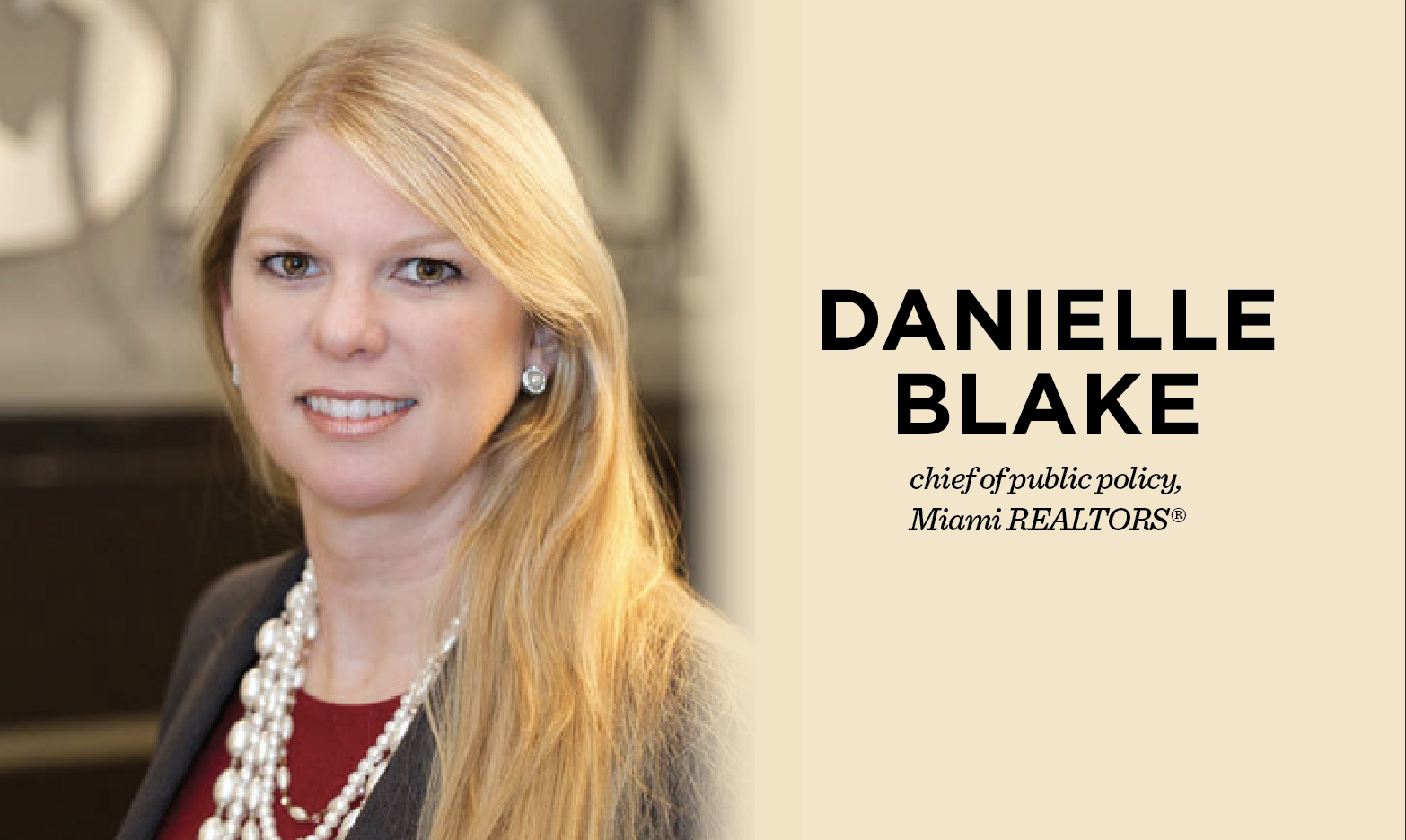Re-building after hurricanes in Florida: Are the lessons being learned?
Florida has a long history of real estate speculation and investment. Besides tourism, real estate is one of the main drivers of Florida’s economy. But building booms have historically been met with busts when a major hurricane strikes, creating a period of renewed focus on protecting established developments.
On The South Florida Roundup, we spoke to WLRN’s environment editor Jenny Staletovich about how these cycles have not only helped us get better at keeping people safe — they have also, conversely, enabled us to put more people at risk.
The focus on flood protection and control, and anti-hurricane infrastructure, has often been caused by the cycles we see after an impactful hurricane. This can be traced back to the Okeechobee Hurricane in 1928, which breached a dyke around the lake and caused devastating flooding — 2500 people were killed.
Congress and the U.S. hardened the dam around the lake as a response. Later, in 1992, Hurricane Andrew led Miami-Dade County and South Florida to update their building codes, as well as changes across the country.
“So you can see time and time again where we have these horrific storms and there is a response to it. Now we have another horrific storm,” Staletovich told host Danny Rivero.
Time and time again Florida has been caught between building to protect developed areas — while recognizing which vulnerable areas should not be built on — as a response to natural disasters, and the on-going pressure to build in new, riskier locations.
“It was sort of unchecked after the flood control system was put in place in the 40s and drainage allowed growth to expand,” Staletovich said. “By the 70s, we were the fastest growing state in the nation … At the time lawmakers and the governance of the state realized we needed to do something to control that growth.”
Staletovich was part of an NPR project on storm surge and development post-Hurricane Andrew, analyzing data supplied from the University of Florida to find where a lot of growth was taking place in South Florida.
“The numbers in southern Miami-Dade county, the area where Hurricane Andrew hit, had grown exponentially since that hurricane, and in a way, that was a lesson that was not learned,” Staletovich said.
She went on to say that the focus was on wind damage, so these areas were rebuilt stronger against wind but not against the flood threat, which appears to be getting worse. People are put increasingly at risk as building continues. The threat is already here, and many plans have been put in place to try and mitigate the storm surge we saw on Florida’s west coast.
For now, Staletovich is watching the flooded areas, checking if the waters have begun to recede. On the bigger picture, she is looking to see how we respond to Hurricane Ian.
“Will we do sort of that massive response? Is this going to shift things substantially … Will this be the thing that pivots things?”
Listen to the rest of the South Florida Roundup here



